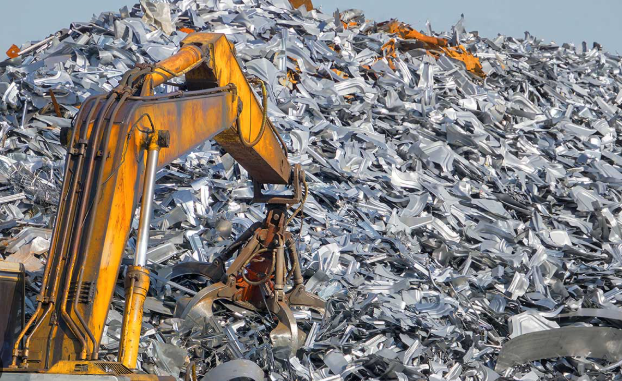Uncategorized
Mining the Waste Stream
The Rising Opportunity in Metal Recovery from Waste Processing
As the global push toward a circular economy accelerates, the recovery of valuable metals from waste streams is becoming one of the most exciting and profitable frontiers in sustainable resource management. Once discarded as landfill material, metals found in household, commercial, and industrial waste are now seen as essential components of the green economy—and recovering them is good for both the planet and business.
The Hidden Value in Waste
Modern waste streams—from electronics to food packaging and construction debris—are rich in metals such as aluminium, copper, iron, steel, zinc, and even rare earth elements. These metals can be recovered through advanced sorting, shredding, magnetic separation, and chemical extraction processes.
With global demand for metals surging—particularly those critical to renewable energy, electric vehicles, and digital infrastructure—the ability to extract metals from waste is more important than ever. Metal recovery not only reduces reliance on virgin mining but also lowers carbon emissions and conserves natural resources.
Key Sources of Recoverable Metals
Municipal Solid Waste (MSW): Everyday items like cans, appliances, and packaging contain ferrous and non-ferrous metals.
WEEE (Waste Electrical and Electronic Equipment): A growing source of high-value metals like gold, silver, palladium, and lithium.
Industrial Waste: Byproducts from manufacturing and construction often contain recoverable metal content.
Bottom Ash from EfW Plants: Ash residues from incineration processes often include metals that can be extracted and recycled.
Why Metal Recovery is Gaining Momentum
1. Economic Efficiency: Recovered metals can be sold on commodity markets, often at high margins, providing steady revenue streams to waste processing companies.
2. Regulatory Drivers: Governments are encouraging or mandating resource recovery as part of broader waste reduction and recycling targets.
3. Supply Chain Security: With geopolitical instability affecting access to raw materials, recovered metals offer a domestic, reliable alternative.
4. ESG and Circular Economy Goals: Metal recovery aligns with investor demand for environmentally responsible operations and materials reuse.
Investment and Innovation Opportunities
Automated Sorting Facilities: Use of AI, robotics, and sensor-based sorting for precise material separation.
Specialist Recovery Technologies: Innovations in chemical leaching, hydrometallurgy, and pyrolysis to extract valuable metals from complex waste.
Secondary Smelting Operations: Facilities that refine recovered metals into new products or feedstock for manufacturing.
Partnerships with Manufacturers: Supplying recycled metals to industries focused on sustainability and circular supply chains.
At EcoWealth Group, we’re seeing strong investor interest in companies and projects focused on metal recovery. Whether it’s through direct infrastructure investment, private equity in recycling tech firms, or asset-backed financing, the opportunity is clear: turning waste into valuable, reusable resources.
The Bottom Line
Metal recovery is no longer just a waste management tactic—it’s a strategic business opportunity that supports green manufacturing, reduces environmental impact, and meets rising demand for critical materials. As innovation lowers processing costs and regulations favour circular practices, the recovery of metals from waste is set to become a cornerstone of the sustainable economy.
If you’re looking to invest in the future of resource recovery, EcoWealth Group can connect you with the right opportunities.

